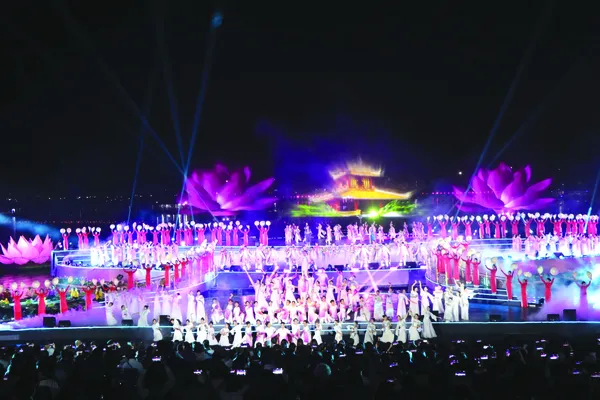 Features
Features

With 172 recognised relics and 97 heritage sites, HCM City boasts a wealth of culture. The city plans to spend millions of dollars preserving and promoting its rich history over the next few years, San Hà reports.
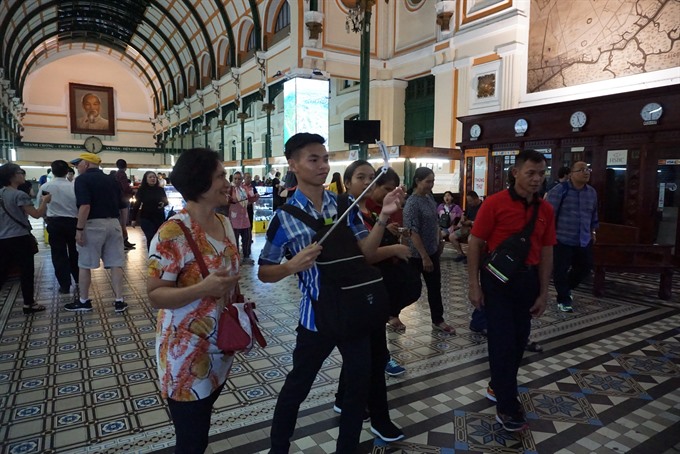 |
| Classic design: Visitors at the Saigon Central Post Office. Photo San Hà |
San Hà
HCM City, the country’s dynamic economic hub, is rarely considered a cultural centre but is actually filled with wonderful architecture and a wealth of culture.
It has in fact found a place on UK travel website Culture Trip’s list of the world’s 12 best cities for culture in 2019.
Ranked fourth, the city is described as an affordable destination with a buzzing cultural scene to match, making it perfect for cash-strapped millennial travellers.
It has 172 recognised relics and 97 heritage sites that have been compiled for recognition, most of them being archeological sites, architectural relics and historic buildings, according to the HCM City Monuments Conservation Centre.
Two archeological sites recognised as national-level relics are Giồng Cá Vồ in Cần Giờ District and the Hưng Lợi ceramics kiln in District 8.
Renowned architectural and historical relics include the Saigon Central Post Office, Notre Dame Cathedral, Bến Thành Market, Giác Viên Pagoda, Giác Lâm Pagoda, Củ Chi Tunnels, Nhà Rồng Wharf, and Rừng Sác Guerrilla Base.
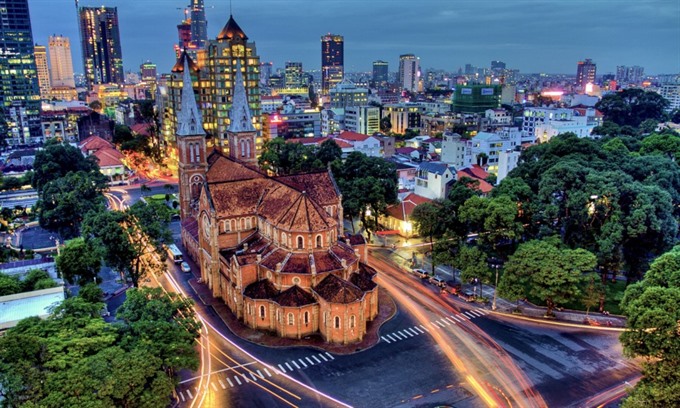 |
| Piece of history: An aerial view of the Notre Dame Cathedral Basilica of Saigon. Photo Marty Windle |
There are nearly 1,000 century-old pagodas and temples, including the Linh Sơn and Sắc Tứ Trường Thọ pagodas.
Đờn ca tài tử, a genre of folk music popular in the south, has been recognised by the UN cultural agency UNESCO as an intangible cultural heritage of humanity.
Other intangible cultural heritages in the city include the Nghinh Ông (Whale Worship) festival, Tết Nguyên Tiêu (first full moon of the Lunar New Year) and traditional craft villages such as Trung Mỹ Tây carpentry village, An Hội bronze casting village, and Thủ Đức ochna farming village.
But the diverse culture and heritage was for many years a forgotten element in the city’s tourism planning and policy.
Heritage experts lament the city’s aggressive development has swallowed up many archeological sites, architectural attractions and historic buildings.
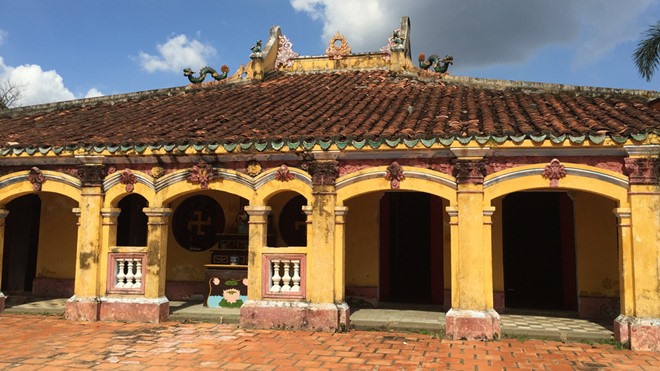 |
| Architecture: 160-year-old Giác Viên Pagoda on Lạc Long Quân Street, District 11, HCM City, a heritage site of the city. Photo thanhnien.vn |
The destruction of the historic Ba Son shipyard, for example, was a heritage disaster, Nguyễn Thị Hậu, general secretary of the HCM City History Science Association, said.
The city’s remaining architecture and historic buildings continued to be demolished and replaced by new tower blocks, she said.
The issue of private ownership resulted in the demolition of many historic buildings, she said.
In most cases, owners of historic buildings lack the financial wherewithal to restore their properties, according to Hậu.
Many archeological sites and ancient monuments, which are important elements of cultural heritage, are ruined or have vanished due to lack of funding for conservation and preservation and the large-scale construction of infrastructure in the past few decades
The Hưng Lợi ceramics kiln site in District 8, a 300-year-old archeological relic, was damaged by illegal encroachment.
Built in 1744, Giác Lâm, one of the oldest pagodas in the city and a national architectural relic, has deteriorated and been encroached on by construction of houses on its land.
Đặng Hoàng Lan, a lecturer at the HCM City Culture University’s tourism faculty, said city authorities had failed to pay attention to the preservation of the nation’s cultural heritage.
"Joint efforts by various sectors are needed for the preservation, management and enhancement of the cultural heritage," she said.
Cultural and heritage tourism
More and more tourists are eager to explore the history-filled city but there is “nothing to see” is the common refrain of both tourism industry insiders and travellers, experts said.
Bùi Tá Hoàng Vũ, director of the city Department of Tourism, said cultural heritage is a vital resource for tourism.
“Tourists nowadays seek to experience authentic traditional cultures and customs.”
The development of cultural and heritage tourism would help attract more visitors and make them stay longer, he said.
Only 40 out of the 172 recognised relics in the city attract tourists and find a place on city tours while the rest remain completely off the beaten track.
One of them is the War Remnants Museum, one of the most popular tourist destinations in the city and 10th in the latest TripAdvisor Travellers’ Choice awards for museums around the world.
It received around 1.2 million visitors last year, with foreigners accounting for 75-80 per cent, Châu Phước Hiệp, deputy director of the museum, said.
A visit to the War Remnants Museum would offer you an in-depth insight into the history of the Việt Nam War, he said, adding it is one of the authentic and unique heritage tourism products in the city.
According to Nguyễn Ngọc Hậu, a tour guide at Vietnam Adventure Tours, most foreign visitors are curious about the Việt Nam War and interested in its history.
The War Remnants Museum and Củ Chi guerrilla warfare tunnels are a must-see for visitors who want to learn more about the war.
 |
| Must-see: Visitors at Củ Chi Tunnels, a renowned historic relic in HCM City. Photo San Hà |
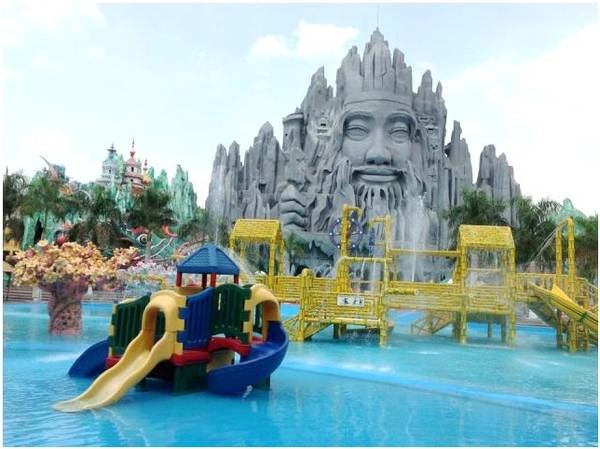 |
| Making a splash: Fun and games at Suối Tiên Tourism Complex in HCM City. Photo angididau |
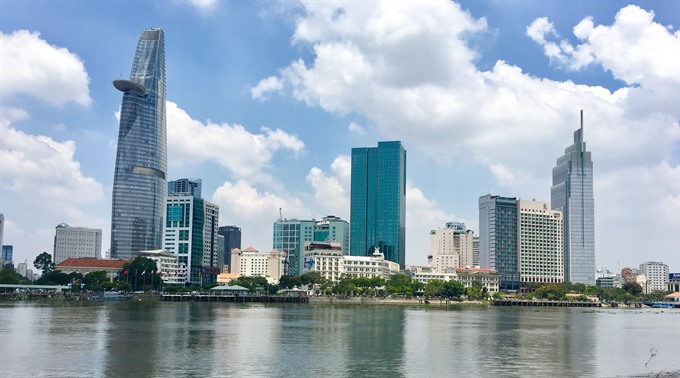 |
| A view of HCM City from District 2. VNA/VNS Photo by Văn Phúc |
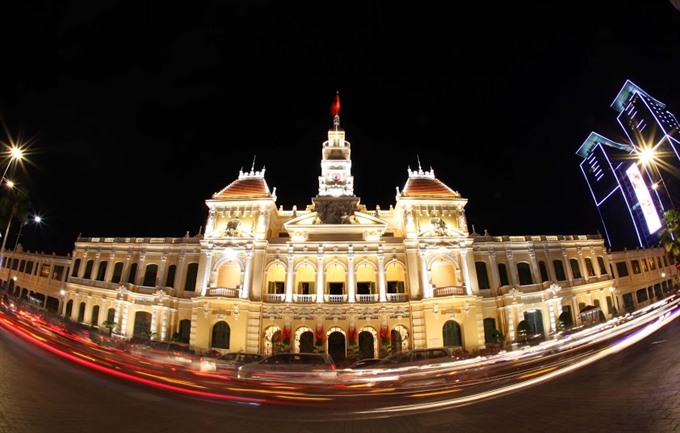 |
| HCM City’s People Committee in District 1. VNA/VNS Photo by Mạnh Linh |
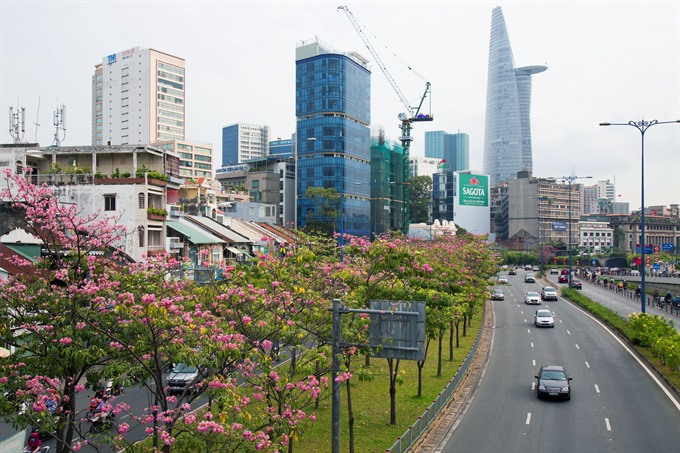 |
| A beautiful view of HCM City from Võ Văn Kiệt Boulevard in District 1, HCM City. VNS Photo Ngọc Diệp |
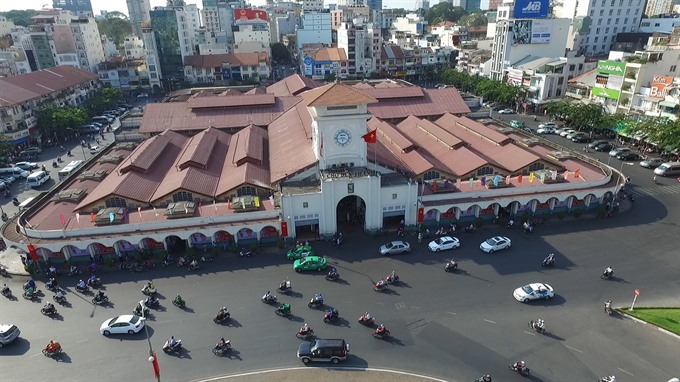 |
| The Bến Thành Market in District 1, HCM City. VNA File Photo |
New HCM City Museum
Huỳnh Thanh Nhân, director of the city Department of Culture and Sports, said more than 40 relics were in urgent need of restoration and conservation.
Since 2012 his department had spent more than 300 billion (US$12.95 million) to renovate and conserve deteriorating relics, he said.
The city planned to spend VNĐ 700 billion ($30.22 million) to preserve cultural heritage sites and historic buildings in 2019-20, he said.
The Giồng Cá Vồ archaeological relic, Giác Viên pagoda and Hưng Phú communal house would get priority in this plan, he added.
His department had recommended the construction of a new HCM City Museum in District 9, he said.
The 8ha museum would cost VNĐ 1.43 trillion ($61.69 million) and be both an educational centre and a tourism and entertainment attraction, he added. VNS